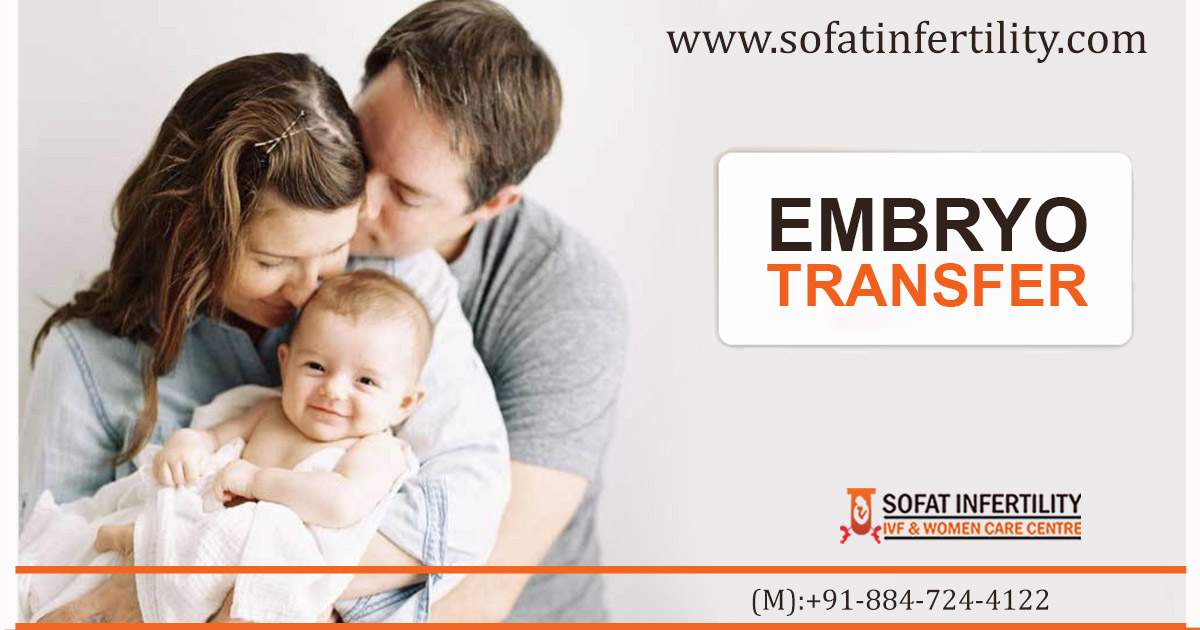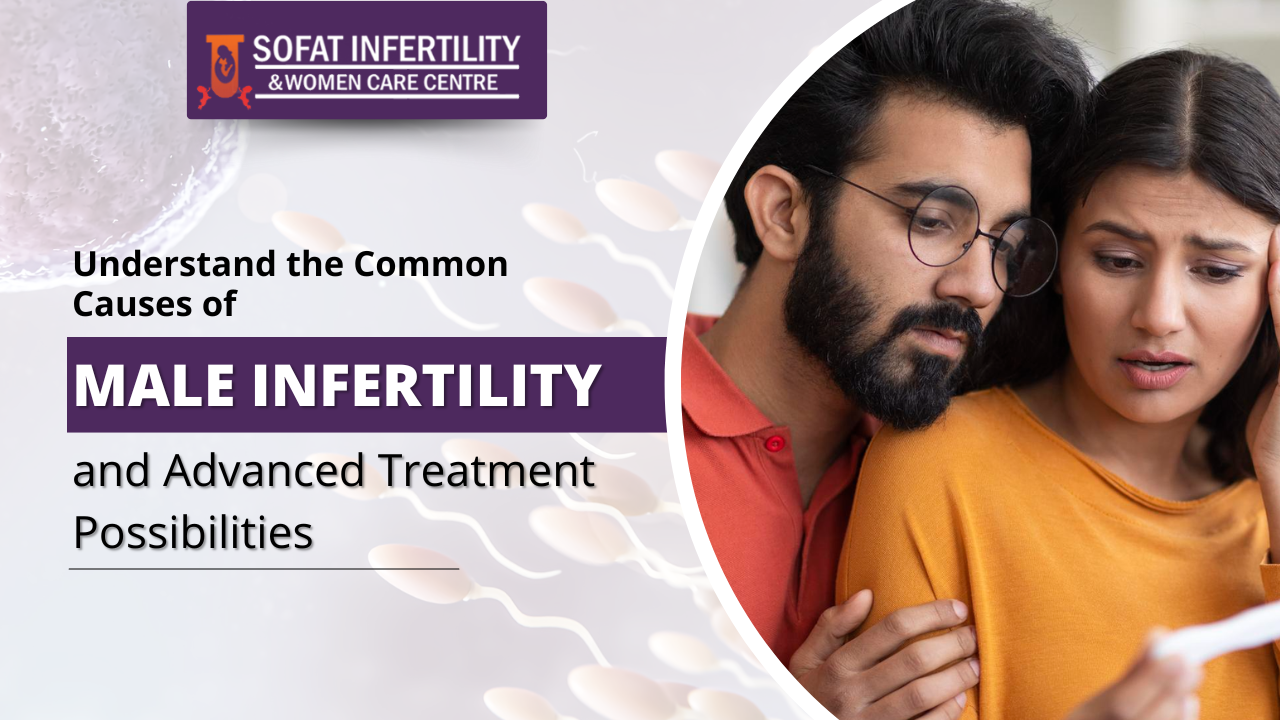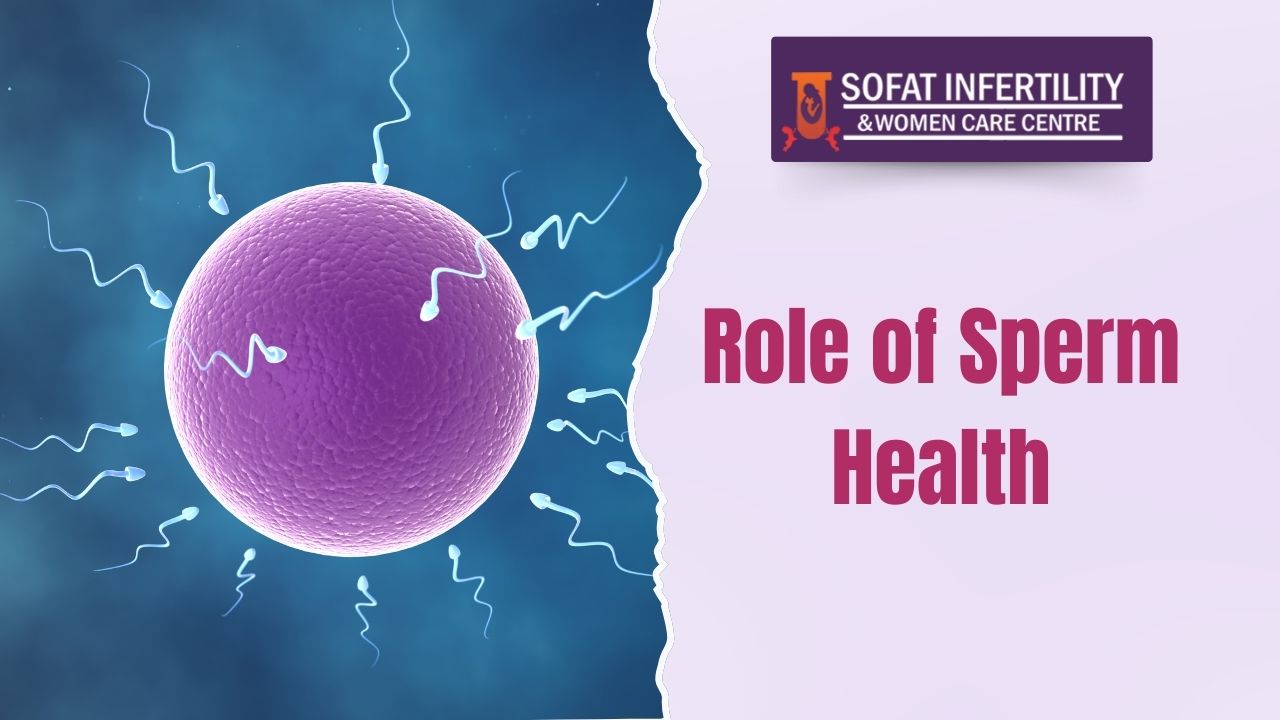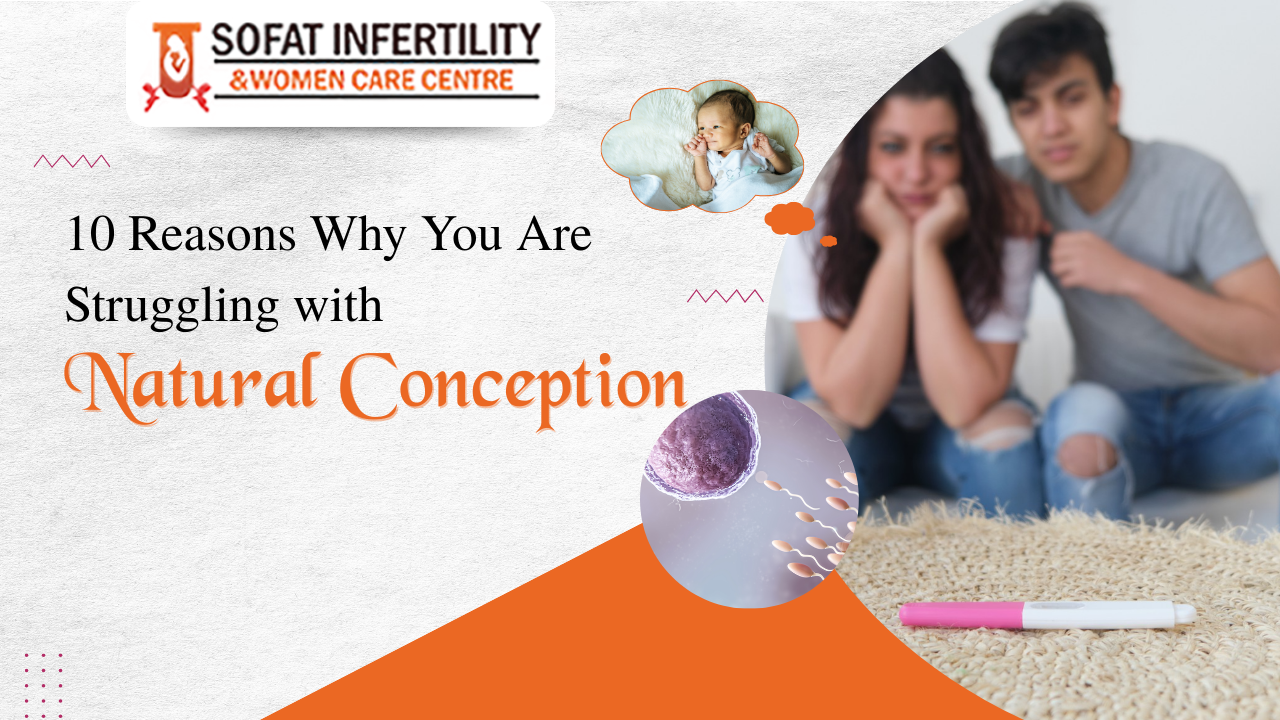![]()
What is an embryo transfer?
Embryo transfer is the last step of the IVF procedure. In this phase, your surgeon will implant the healthy embryos in your uterus in order to conceive a child. In the process of IVF procedure, your surgeon first gives fertility medications to women in order to stimulate the ovaries. After then he will collect healthy eggs from your reproductive system for fertilization. At last embryo implantation process is performed, additionally, in this process, your surgeon may transfer single or multiple embryos in your uterus.
Reasons when embryo implantation is needed
This process is only done when natural fertilization is not a suitable option or when a couple is failed to conceive even after many attempts. There are various reasons behind the embryo transfer process include-:
Ovulation disorders: This process is done when you encounter ovulation problems. Then your surgeon suggests this medical procedure.
Damage or blocked Fallopian tubes: The Fallopian tubes are useful for movement of healthy eggs, additionally, with the damaged Fallopian tubes you are not able to conceive a child because they stop the movement of eggs. But if you are suffering from damaged tubes problem then this process will maximize your chances to get pregnant.
Endometriosis: This is the condition in which your tissues developed at the wrong place or outside the uterus. These tissues play an important role in pregnancy, that’s why this procedure is done by your surgeon.
Premature ovarian failure: This is the problem in which your ovaries do not develop an amount of estrogenor, because these are useful to release eggs routinely.
Poor sperm production: This procedure is done if a male partner is suffering from this problem of low sperm count and low sperm motility. This is not the only reason behind this procedure, but this is also done if you have poor sperm production.
How many embryos are transferred?
It depends on the age and health condition of women you want to conceive. You should talk to your surgeon he will tell and guide you about the embryo transfer technique. Mainly there are mostly single embryo is transferred if you’re at a healthy age. People of old age may need multiple embryos in order to conceive a child because they do not have many healthy eggs which can lead to a successful and healthy pregnancy.
Single embryo transfer
Single embryo transfer procedure is additionally known as eSET which is useful to decrease the risk of multiple pregnancies. This will lead to many health risks or premature delivery, many people face the problem of birth defects. Some times person with single embryo will also give birth to twins but this is not common in all people.
There are some persons who are a good candidate for single embryo transfer include-:
- have embryos available for cryopreservation
- people who are younger than 35 years
- people who had a successful pregnancy in a previous ART cycle
- at last, people who are undergoing their first assisted reproductive technology such as IVF and IUI procedures.
There are many benefits of single embryo transfer is that there is no side effect of this process. And the process is totally safe, secure, and successful because it is useful to lower down the risks of birth defects and other health conditions. You should converse first with your surgeon and clear all the doubts related to this process.
Multiple embryo transfers
This process is done where a person is not able to conceive with single embryos. Or this is the process which is useful for old age people. Because of not suitable or proper healthy eggs. This procedure has both benefits and risks, which includes the faster development of baby and birth defects.
In this process, most people give birth to triplets which are not too safe at one time. It will lead to many health conditions such as increasing the chances of failure, premature birth, and birth defects. Some times, the baby is not developed properly due to multiple embryo transfers. Moreover, this process is only done where people want to conceive triplets or more babies at one time. But this process is less safe as compared to single embryo transfer.







